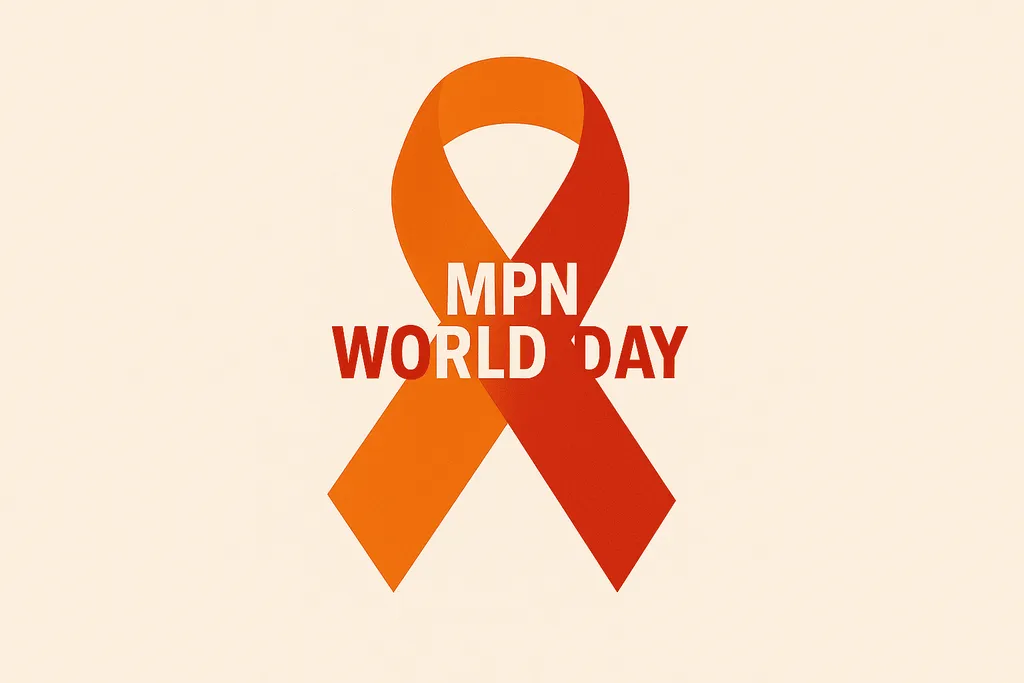Is Myelofibrosis Curable?

Myelofibrosis is a type of cancer that affects the bone marrow's ability to generate new blood cells caused by scar tissue within the marrow. This condition is due to various reasons, with primary causes rooted in mutations within bone marrow cells. In contrast, secondary causes arise from external factors like previous exposure to chemotherapy, other cancers, or lesions that damage the bone marrow.
Myelofibrosis is widely regarded as incurable, with a bone marrow transplant being the sole potential cure. However, this treatment option is not viable for all patients, particularly those with pre-existing health conditions such as heart, lung, or kidney issues, as well as patients with advanced age. Despite this, ongoing research broadens the spectrum of treatments available beyond stem cell transplants.
In conclusion, myelofibrosis can be curable if someone can have a stem cell transplant. Some data reports 29% to 65%, depending on the patient's case. Due to the barriers to receiving a stem cell transplant, current research is focused on finding treatment alternatives that are more accessible and better tolerated. Hopefully, one day, advances in treatment options will offer improved outcomes and quality of life for all patients affected by myelofibrosis.
If you want to continue reading about myelofibrosis and review in-depth information about stem cell transplant in myelofibrosis, you can check this article:
Myelofibrosis is a type of cancer that affects the bone marrow's ability to generate new blood cells caused by scar tissue within the marrow. This condition is due to various reasons, with primary causes rooted in mutations within bone marrow cells. In contrast, secondary causes arise from external factors like previous exposure to chemotherapy, other cancers, or lesions that damage the bone marrow.
Myelofibrosis is widely regarded as incurable, with a bone marrow transplant being the sole potential cure. However, this treatment option is not viable for all patients, particularly those with pre-existing health conditions such as heart, lung, or kidney issues, as well as patients with advanced age. Despite this, ongoing research broadens the spectrum of treatments available beyond stem cell transplants.
In conclusion, myelofibrosis can be curable if someone can have a stem cell transplant. Some data reports 29% to 65%, depending on the patient's case. Due to the barriers to receiving a stem cell transplant, current research is focused on finding treatment alternatives that are more accessible and better tolerated. Hopefully, one day, advances in treatment options will offer improved outcomes and quality of life for all patients affected by myelofibrosis.
If you want to continue reading about myelofibrosis and review in-depth information about stem cell transplant in myelofibrosis, you can check this article:

about the author
Jimena Vicencio
Jimena is an International Medical Graduate and a member of the HealthTree Writing team. She has a passion for languages and is currently learning Japanese. In her free time, she loves playing with her cats. Jimena is also pursuing a bachelor's degree in journalism.
More on Core Education
Trending Articles
Get the Latest Myelofibrosis Updates, Delivered to You.
By subscribing to the HealthTree newsletter, you'll receive the latest research, treatment updates, and expert insights to help you navigate your health.
Together we care.
Together we cure.
3x Faster.









